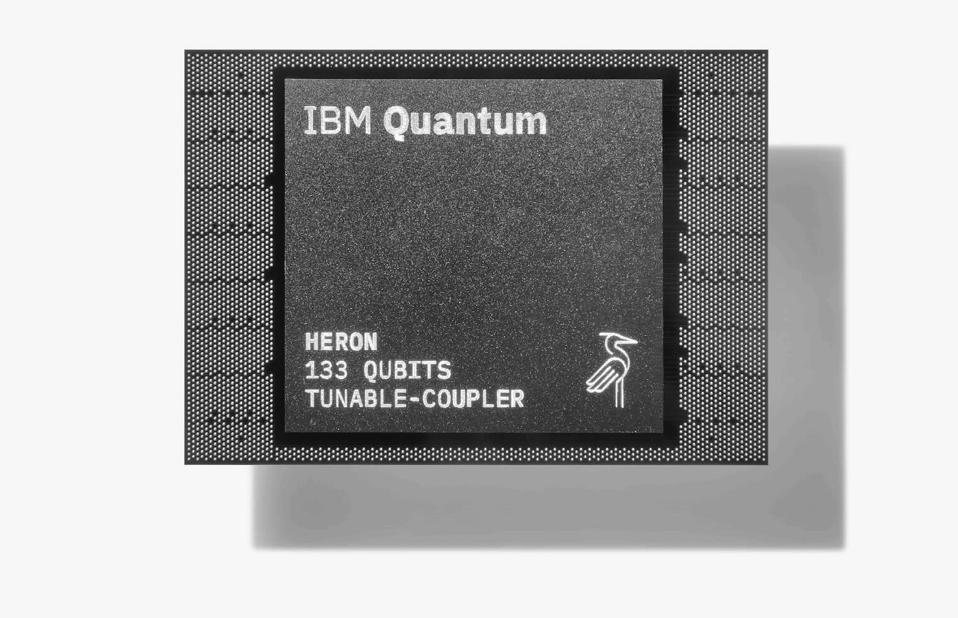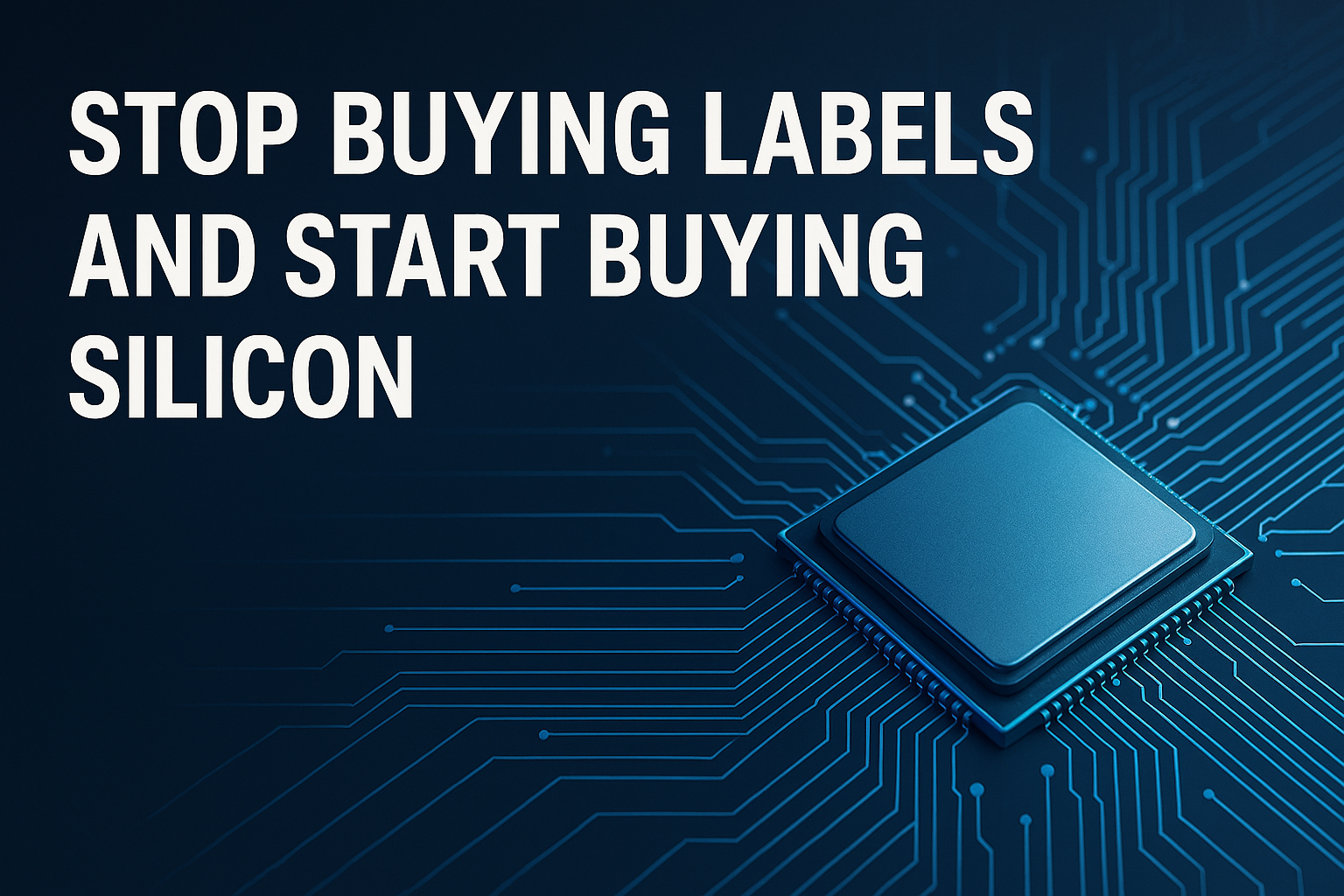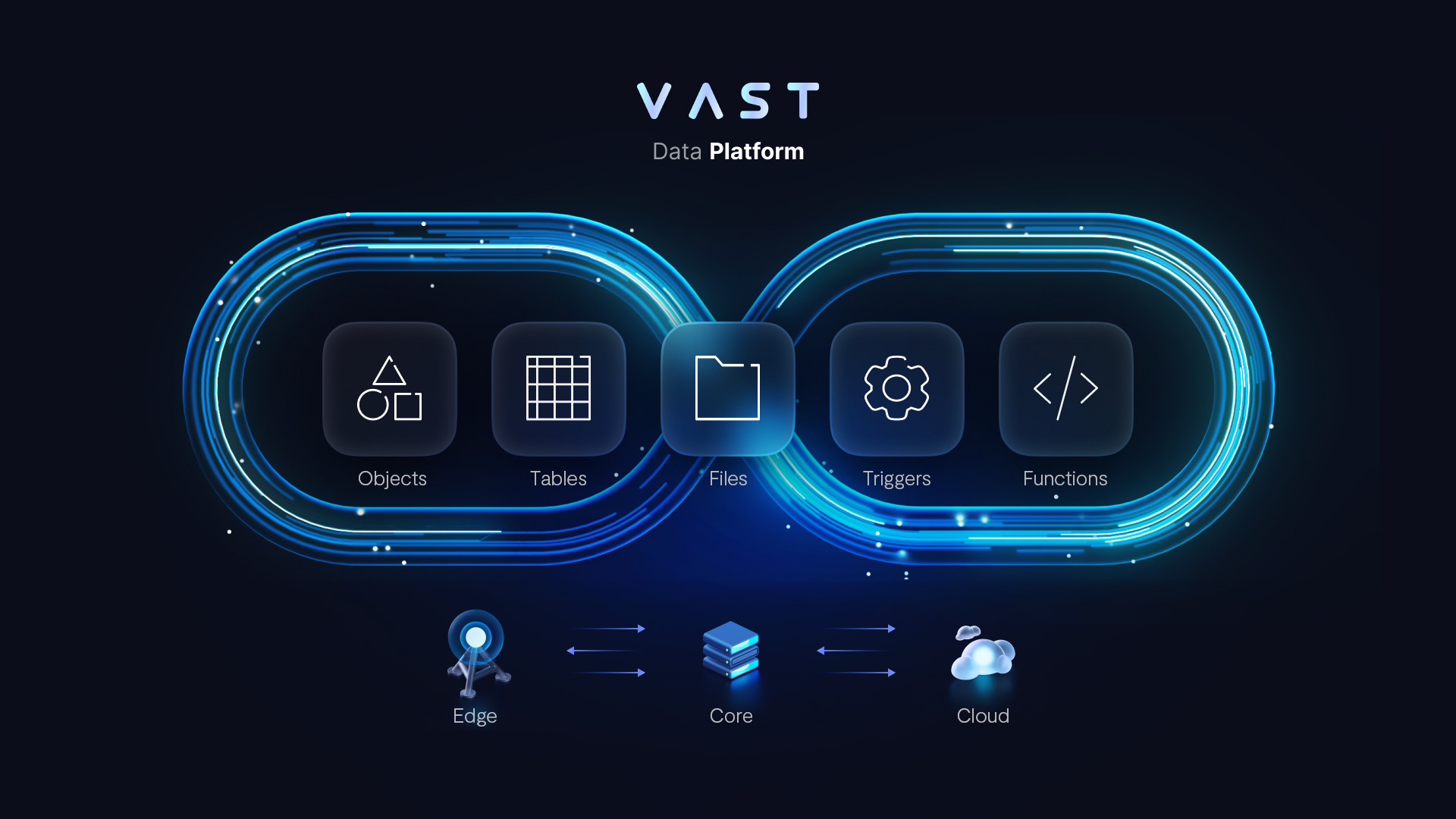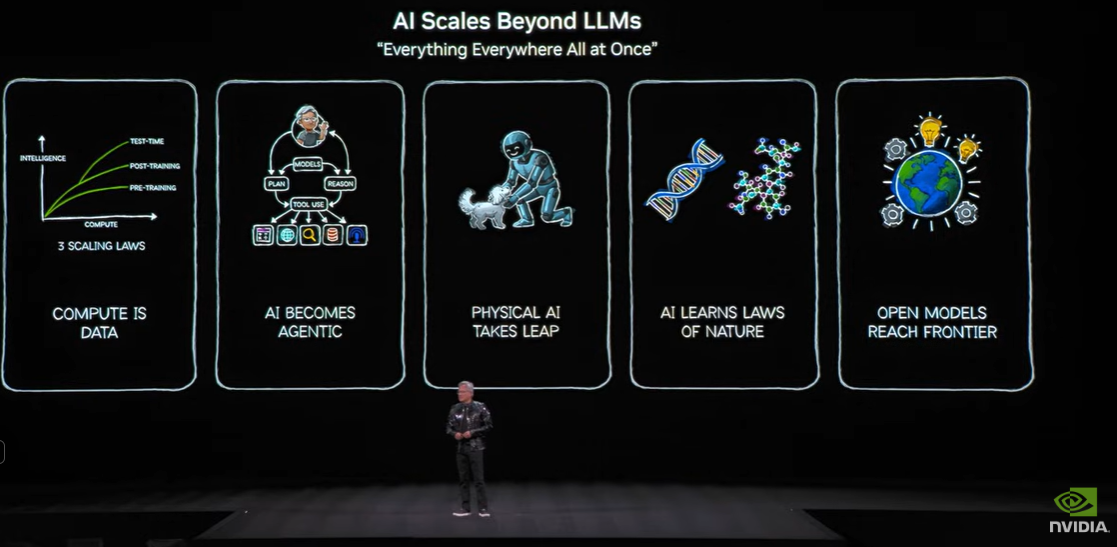As the quantum computing landscape rapidly advances, IBM stands at the vanguard with innovative solutions designed to make quantum computing more practical and accessible. This is particularly evident in its innovations in developing quantum applications.
At its recent Quantum Computing Summit, IBM unveiled Qiskit 1.0, a major upgrade to its open-source software development kit for quantum computing. The new release introduces Qiskit Patterns, which aim to simplify the transition from classical to quantum computing for quantum computational scientists.
These Patterns, along with developments in quantum execution modes and serverless computing, represent IBM’s commitment to bringing quantum computing into mainstream scientific research and expanding its utility.
QISKIT 1.0
Qiskit 1.0 marks a significant evolution in IBM’s quantum computing efforts, presenting a leap forward in the quest to make quantum computing more accessible and practical for a wider audience.
This updated version of IBM’s open-source software development kit is engineered with the unique needs of quantum computational scientists, focusing on enhancing the user experience and simplifying the complexities inherent in quantum programming.
The centerpiece of Qiskit 1.0 is the introduction of Qiskit Patterns—a framework designed to streamline the quantum computing workflow through a modular, four-step process. This process efficiently guides users from problem conceptualization to executing quantum algorithms, ensuring the solutions are optimized for quantum hardware.
With improvements in performance, stability, and a reduced memory footprint, Qiskit 1.0 brings dynamic circuit construction capabilities, enabling building more sophisticated and flexible quantum algorithms.
IBM also optimized the transpilation process to ensure that quantum circuits are primed for the best possible performance on specific quantum hardware.
QISKIT Patterns
Qiskit Patterns, introduced with IBM’s latest advancements in quantum computing, offer a structured, user-friendly approach to quantum programming. These Patterns are crafted to meet the demands of quantum computational scientists looking to harness quantum computing for practical problem-solving without getting entangled in the technical minutiae.
The Qiskit Patterns framework is based on a four-step process that simplifies the application of quantum algorithms.
The first step involves mapping real-world problems to quantum circuits and operators, effectively translating complex issues into the language of quantum mechanics. For instance, a problem in chemistry can be converted into a quantum circuit that symbolizes the molecular wave function with operators that represent the energy Hamiltonian.
These abstract quantum circuits are optimized for specific quantum hardware in the second step. This involves using a transpiler to adapt the circuits to the unique constraints and features of the hardware, ensuring that the circuits are as concise and efficient as possible.
The third step is executing these optimized circuits on quantum hardware. This stage leverages Qiskit Primitives for executing circuits on IBM’s quantum systems, complemented by classical processing for error mitigation and other near-time computations.
Post-processing constitutes the final step, where the raw results from the quantum hardware are transformed into understandable and usable formats, be it numerical values, graphs, or other analytical presentations.
Modularity and reusability are critical characteristics of Qiskit Patterns, with their design consisting of interchangeable building blocks. This allows users to customize their quantum computing routines by interchanging IBM’s components with third-party or open-source alternatives, ensuring seamless integration into existing computing workflows.
Designed with the user in mind, Qiskit Patterns aims to facilitate complex quantum computations, including those that operate over 100+ qubit circuits. This is particularly pivotal as the field strides towards the era of quantum utility, where quantum computing becomes a practical tool for scientific advancement.
Qiskit Patterns are a testament to IBM’s dedication to making quantum computing more approachable and functional for a wider audience, simplifying the process for scientists and researchers to explore and solve intricate problems. This user-centric development strategy aligns with IBM’s overarching goal to expand the reach and efficacy of quantum computing technology.
Quantum Execution & Serverless
Quantum Execution Modes introduced by IBM, such as the batch mode, have revolutionized how quantum computations are managed. Batch mode allows for the simultaneous or sequential processing of multiple quantum jobs, dramatically enhancing the throughput and efficiency of quantum operations.

This is a significant improvement over traditional single-job executions, with IBM reporting that batch mode can improve execution times by up to five times. This mode is especially advantageous for handling a high volume of independent jobs, making the quantum computing process more optimized and time efficient.
Serverless Quantum Computing represents a leap toward more accessible quantum computing. This model allows users to run quantum tasks without dealing with the complex quantum hardware infrastructure.
This is analogous to serverless architectures in cloud computing, where the operational burden of server management is removed, allowing users to focus on running their applications and services. Serverless quantum computing greatly simplifies the user experience, making quantum resources more readily available.
Abstracting the complexities of quantum hardware opens the door for a broader audience to engage with quantum computing for diverse applications.
IBM’s push towards advanced quantum execution modes and serverless quantum computing is part of a broader effort to make quantum computing more user-friendly and efficient.
These initiatives are expected to extend the reach of quantum computing, inviting a more varied group of users and broadening the scope of potential applications.
Analysis
In the ever-evolving quantum computing sector, IBM’s Quantum Computing Summit showcased their understanding of the nuanced needs of quantum computational scientists. The introduction of Qiskit 1.0 is a testament to IBM’s leadership in the field, reflecting a strategic push to make quantum computing more accessible to scientists engaged in cutting-edge research.
Qiskit Patterns simplify the application of quantum algorithms through a four-step process, translating real-world problems into quantum mechanics language. This streamlined process enhances performance and brings forth a remarkable improvement in the stability and efficiency of quantum circuits.
With the advent of batch mode and other Quantum Execution Modes, IBM has made significant strides in managing and optimizing quantum computations. These modes have proven to increase efficiency, reportedly enhancing execution times by up to five times over traditional single-job executions, a boon for handling multiple independent jobs.
Serverless Quantum Computing, another leap forward, brings quantum computing into the cloud era. Offering a user-friendly experience akin to serverless architectures in traditional cloud computing eliminates the operational burden of quantum hardware management, democratizing access to quantum resources.
These advancements by IBM in quantum execution modes and serverless quantum computing are not merely incremental steps but giant leaps toward democratizing quantum computing. They signify a broader effort to extend quantum computing’s reach, inviting an increasingly diverse user base to engage with this transformative technology for many applications.
IBM’s strategic developments are expected to catalyze the next wave of scientific discovery, heralding an era of quantum utility where quantum computing is not just a theoretical marvel but a practical tool for research and development.





